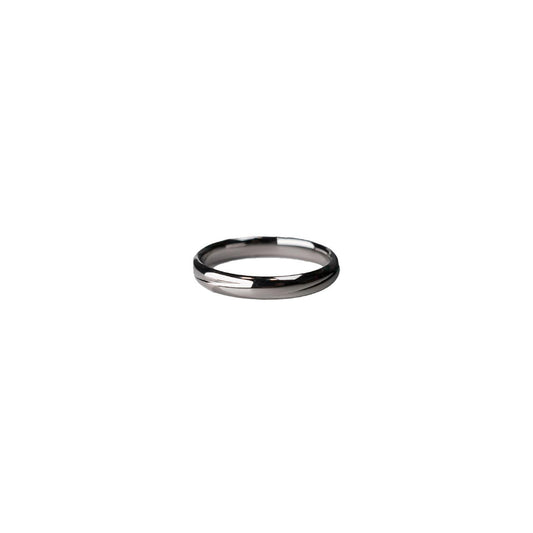The Meaning Behind the Ring Finger A Cultural and Personal Exploration
The Meaning Behind the Ring Finger A Cultural and Personal Exploration
I remember the first time I questioned the symbolism behind the ring finger. I was eight, and my grandmother was recounting how her engagement story began with a simple question from my grandfather: "Would you like to wear a ring on that special finger?" As a child, all I could see was a shiny piece of jewelry, but her eyes sparkled with something more—an unseen depth and significance.
The ring finger, traditionally the fourth finger of the left hand, carries a fascinating legacy. Western culture predominantly associates it with marriage and engagement, where it's reserved for showcasing tokens of commitment and love. But why this particular finger? The answer lies in a blend of history, tradition, and a bit of myth.
Historically, this tradition is often traced back to ancient Rome. The Romans believed in the "vena amoris," or the vein of love, which they thought ran directly from this finger to the heart. Though anatomically inaccurate, the belief was romantic enough to stick around, cementing the ring finger's status in matrimonial symbolism. I can't help but find it endearing that such an old misconception still resonates with love stories today—like a thread woven through time.
I swear, there’s something uniquely intimate about slipping a ring onto this finger. It's a public display yet deeply personal—a symbol that transcends the metal's worth. Interestingly, it's not just the symbolism that varies. Depending on whether a ring is made of gold, platinum, or a more modern material like titanium, each choice can speak volumes about a couple's style, values, and even practicality. I’ve always been partial to the simplicity of a platinum band—unassuming, yet durable enough to withstand the test of time. It's much like the enduring love stories that continue to touch our hearts.
But let’s not ignore the evolving cultural landscape. Today, many choose alternate fingers or hands for their wedding bands, whether to honor a different tradition or blend old customs with new ones. In some cultures, the right hand is the preferred choice, representing honor and righteousness. And occasionally, couples opt for tattooed rings, finding permanence in ink rather than metal. These variations enrich the narrative of the ring finger, adding layers to personal and cultural identities.
As I tap through my social media feeds, I notice a friend who recently got engaged. Her post shows a candid moment with her partner; their fingers intertwined, a ring glistening on her right hand. I pause, admiring the unique twist on tradition. This simple gesture, whether on the left or right, still tells a beautiful story of love, commitment, and personal choice.
So, if you ever find yourself gazing at a ring on someone’s finger, consider the tale it might tell. The meaning of the ring finger is a beautiful tapestry of history and personal narratives, stretching far beyond mere tradition. I guess some things, like love and stories, are just too timeless to ever truly change at heart.

























